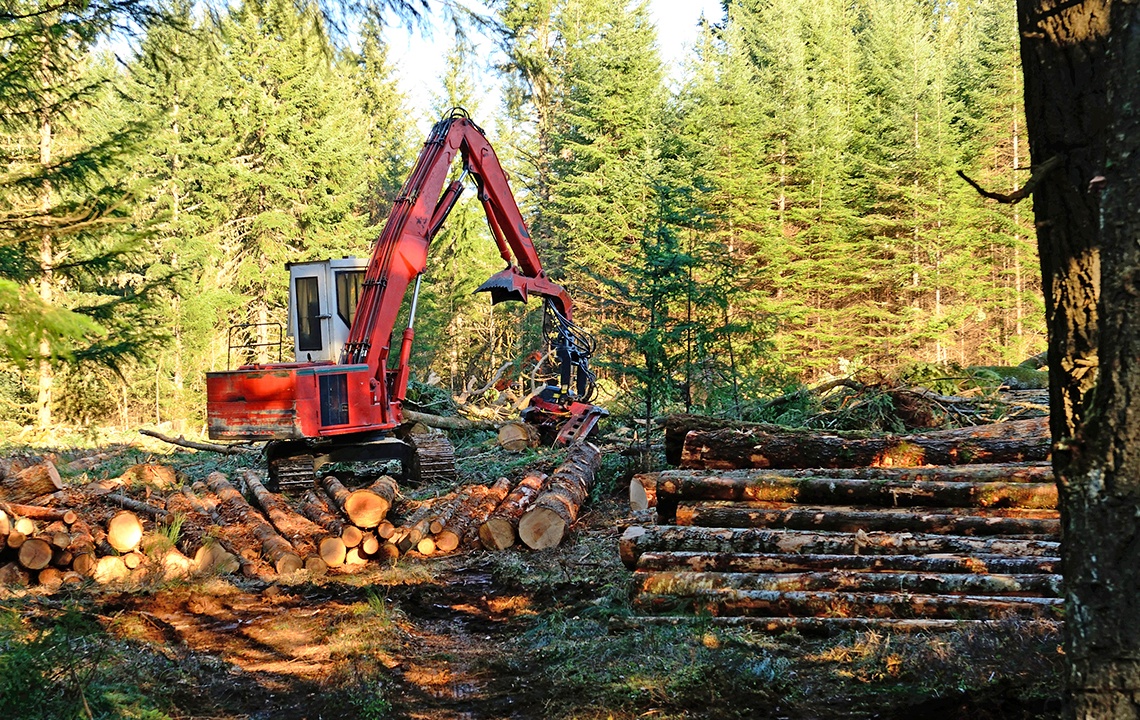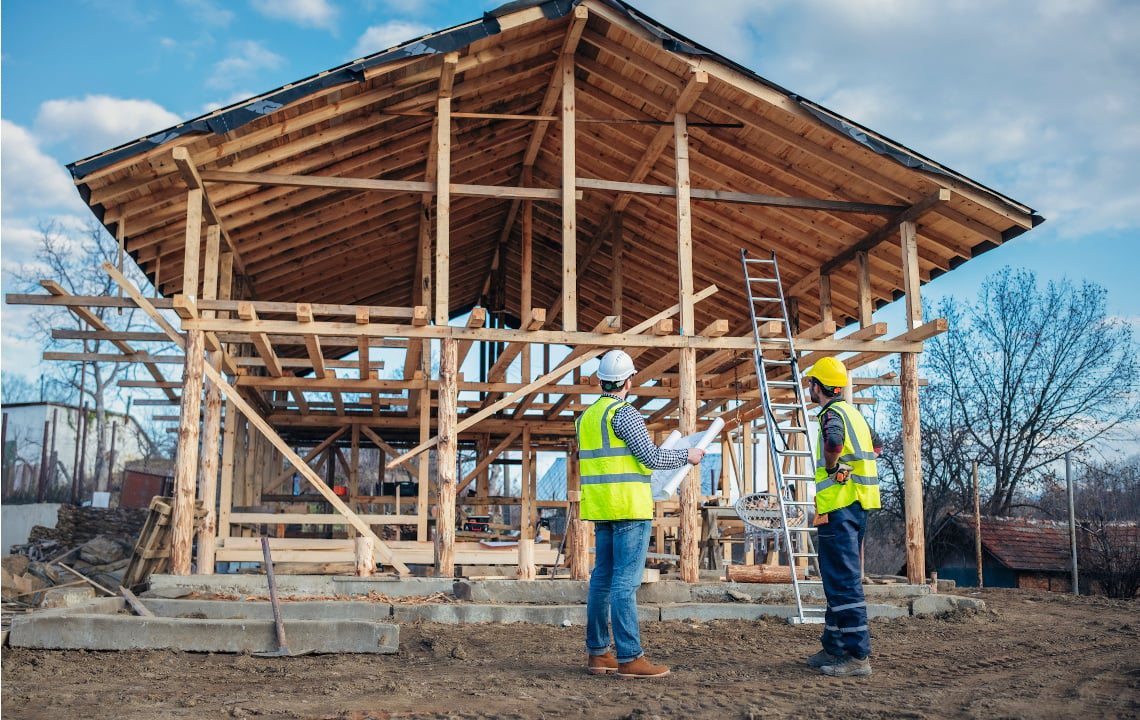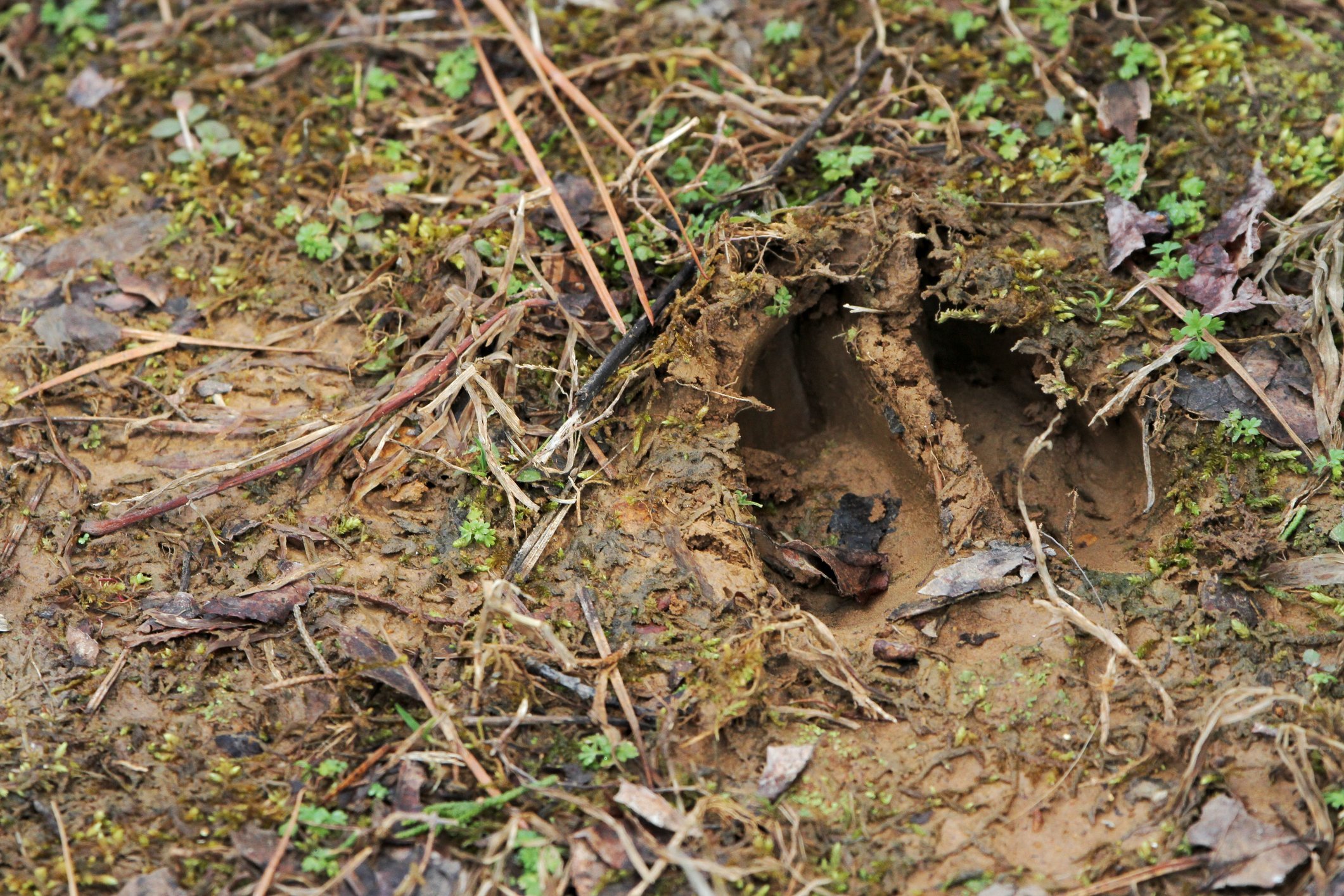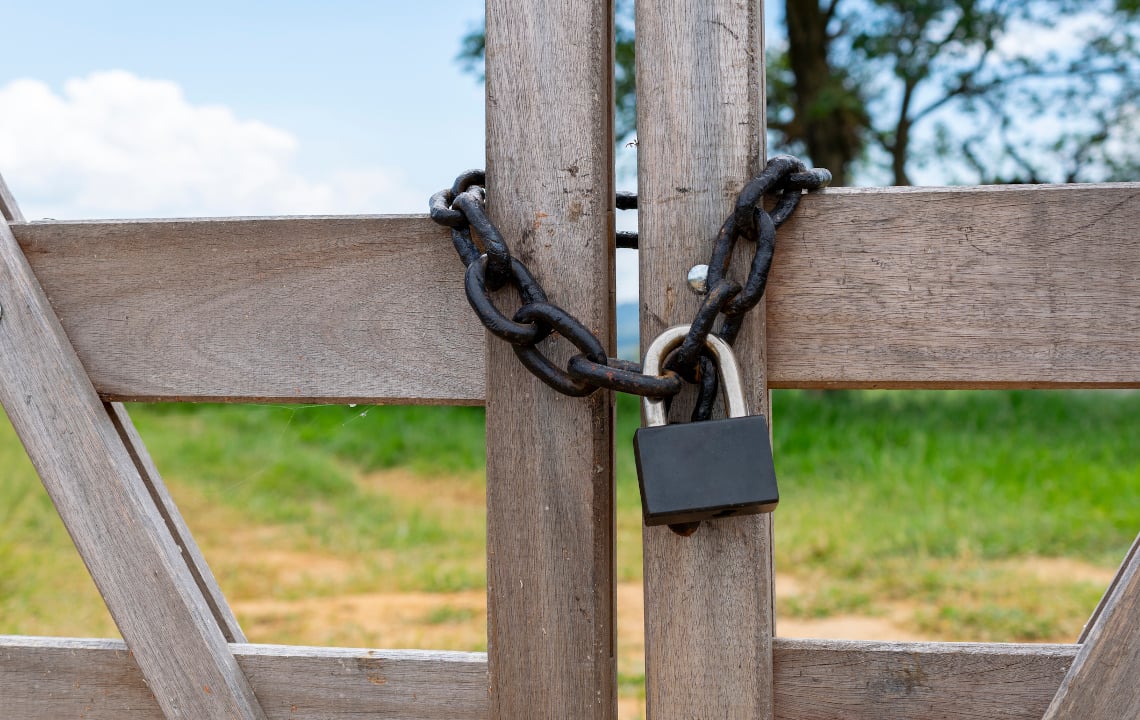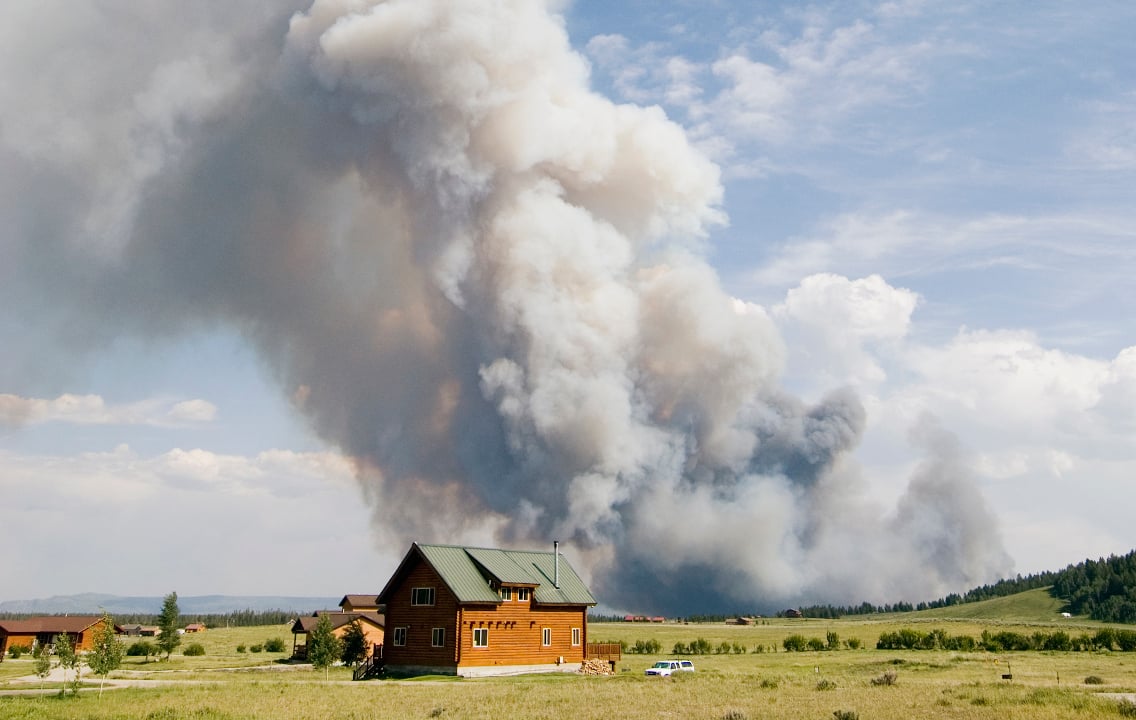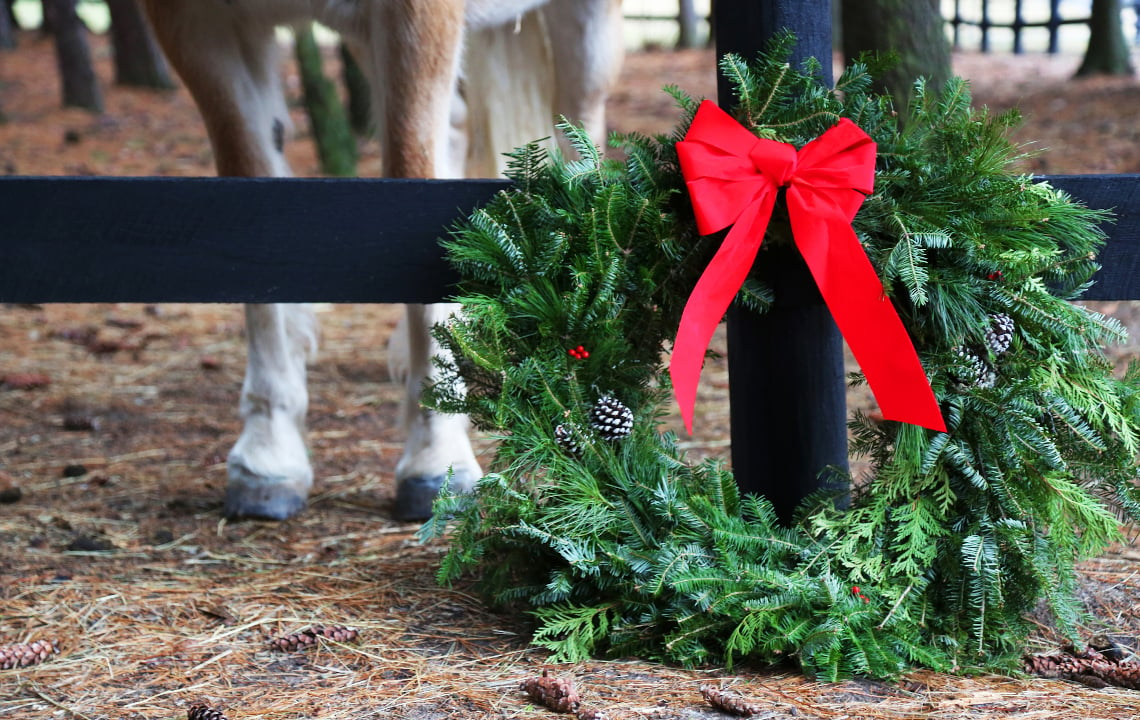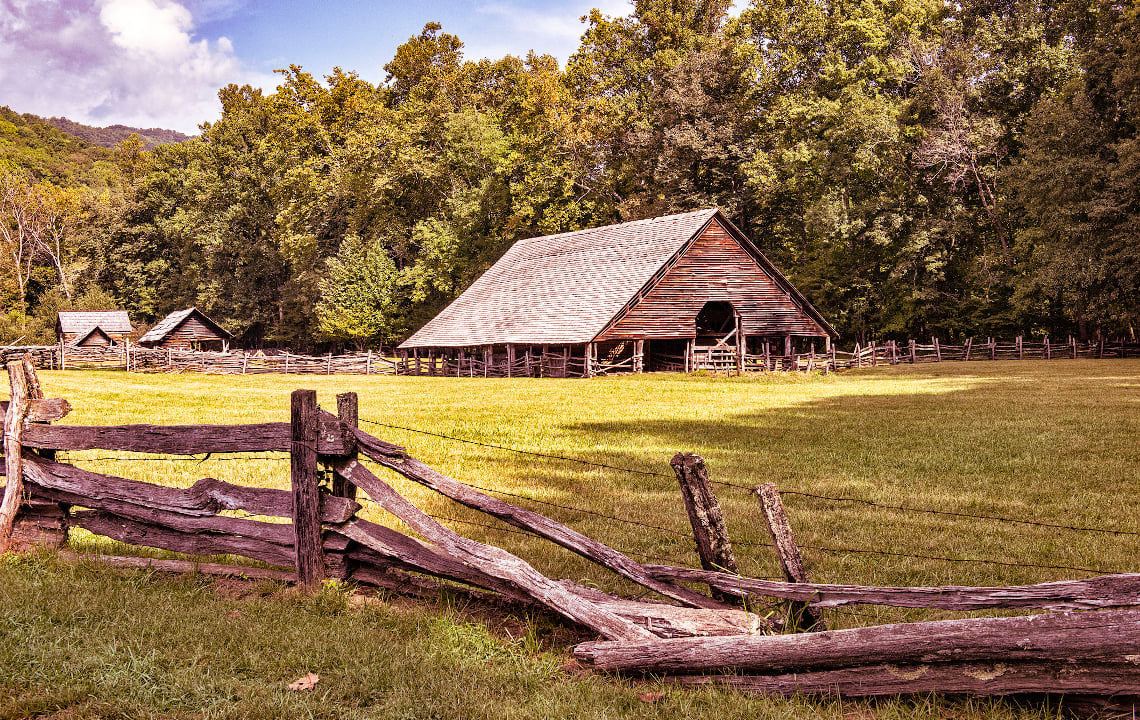Clearing your land means you are well on your way to building your dream rural home. But what will you do with all that timber?
You’ve found the ideal site on your property for your house. The spot meets all the criteria: access, view, etc. But before you start construction, perhaps you must first clear trees that stand between you and your new home.
 So what do you do with the timber? For ideas, we asked Billy Lipthrott, a 22-year- veteran land resource unit manager for Rayonier, Rethink:Rural’s parent company, in Hastings, Fla., and Carl Griffin, owner of The Griffin Ranch near Ocala, Florida.
So what do you do with the timber? For ideas, we asked Billy Lipthrott, a 22-year- veteran land resource unit manager for Rayonier, Rethink:Rural’s parent company, in Hastings, Fla., and Carl Griffin, owner of The Griffin Ranch near Ocala, Florida.
Have Saw, Will Travel
Unfortunately, large lumberyards aren’t interested in cutting small tracts, according to Griffin, because it’s just not worth their time.
“Too much money and too much equipment,” he explains.
Lipthrott agrees.
“If they can’t move 30 loads of wood in a week, it’s hard to get these guys to come cut it,” he says.
Portable saw mill operators will be happy to oblige, however.
“They have a sawmill on the back of their truck, they pull up, and they saw your trees into lumber,” Lipthrott says. “A lot of times, they just get 50 percent of the wood as payment.”
Griffin describes these as “a portable little lumber yard that you can pull behind your truck or car.”
The sawmill uses a band saw instead of a wood blade, which helps salvage more of the wood. Griffin advises searching on Craigslist and asking large saw mill operators, neighbors and friends for portable saw mill operator recommendations.
Once you’ve cut it, what do you do with the timber? It depends on the quality and type of wood.
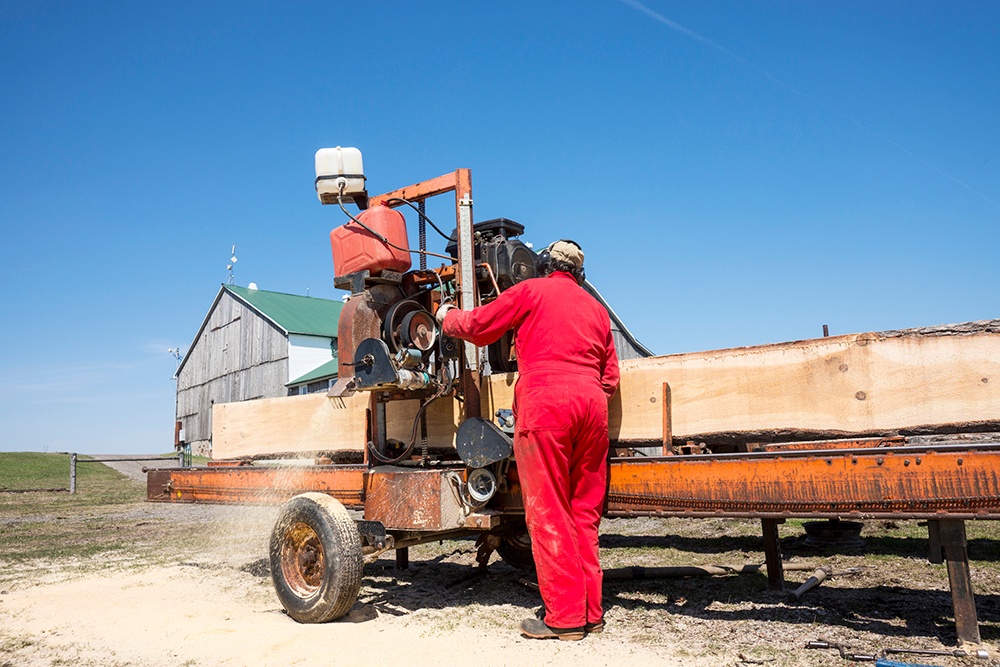
Timber! Now What?
If the wood that you’re clearing is too small a tract or not merchantable, consider mulching.
“There’s a big mulcher machine that comes in and chews everything into little pieces,” Lipthrott describes. Paying a mulch operator may be the simplest solution. Mulch remains on the ground afterwards. The mulcher also allows you to clear other designated spots, such as food plots for game animals.
Another option might be to cut and use the wood for cold weather. “You could stack it up for firewood if you don’t use it or sell it,” he says.
“A lot of times, if it’s five acres of Rayonier planted pine, there’s definitely enough there to sell,” says Lipthrott. “Each tract is going to be different.”
“If the 5-acre tract has 20-year-old big timber on it, selling the timber on the property could net you a pretty good return.”
However, he says, if the timber stand includes hardwoods, it’s less likely you would want to cut them. “If I was clearing a lot, I would build my house around my oak trees instead of cutting them,” he says.
“Certain woods are more valuable,” agrees Griffin, a skilled wood worker who built the structures at his ranch, including his cypress-sided home, as well as much of the cabinetry and furnishings. He even finished out an Airstream trailer in pine. The photo below is an example of one of his projects at the ranch, which features some of the wood Griffin has harvested.
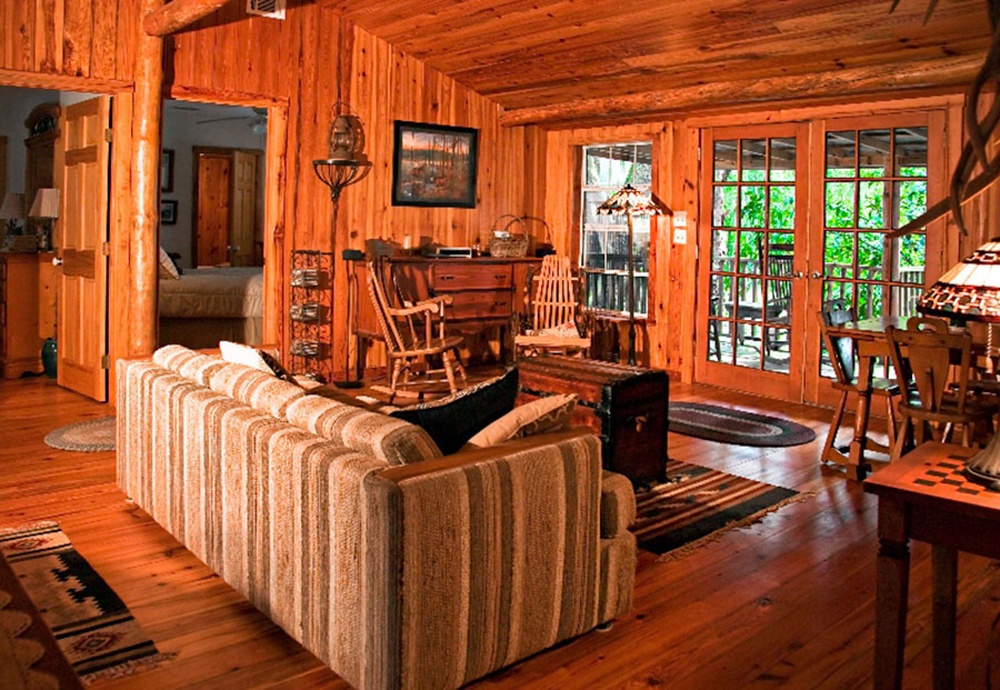
He uses exceptionally pretty woods for furniture or cabinets, setting nice pieces aside when he harvests trees on his property or buys wood elsewhere, he says. “Hickory is like gold. Poplar is fairly common in my area. Ash looks like pecan wood when it’s finished,” he says.
The first cut of the wood, called “rough sawn,” is good for less aesthetic projects, such as sheds and fencing. “Rough sawn wood, you can build your barns, garages, different things like that,” says Griffin. “I have an 18-foot cabinet for storage and supplies made from rough sawn pine that we cleaned up.” He adds, “If you’re going to have animals, you’re always going to need places to keep them out of the weather. Rough sawn wood is great for stalls, corrals and pens.”
Then, there’s “the sentimental value of putting the wood in the house,” Lipthrott says, of actually using the wood as part of the house construction. “If you have a red oak or live oak, you can saw it and use it as wainscoting or use it in other parts of your house.”
In his office Lipthrott used old heart pine salvaged from a river. “I’ve got a bowl here at the office and some vases made from it,” he says. If you don’t have a use for it, consider selling it or giving it away to wood craftsmen.
Even if the wood isn’t craft quality, if you want to give it away, check with lumberyards. “The lumber yards are going to know people who buy or need wood,” says Griffin.
Drying the Wood
Freshly cut wood should never be used immediately. Over time, Griffin says, “A 12-inch board will shrink about a half an inch.”
Before you can use cut wood, you must prepare it. Felled wood has to be either air or kiln dried.
“The slow way is stack it under a cover, somewhere where the rain won’t get to it, and let it air dry,” Griffin says. That can take anywhere from 3 to 8 months. “Or you can take it to a guy who cooks the wood. It’s called ‘kiln-dry.’”
Sawmills or specialty places can treat the wood.
“Once you take it and cut it properly -- and it’s not hard to do, especially if you get someone who knows what they are doing -- that wood turns out beautiful,” says Griffin.
For use in tongue-and-groove walls or floors, the wood will need to be planed. “There are a couple of woodworking shops that do it in our area,” Lipthrott says.
Griffin says cutting your trees in a slack time for obtaining trees might make your timber more valuable. “You can’t find wood in December,” he says. “Nobody wants to cut a tree down. They want to get ready for Christmas.”
For questions, he advises checking in with large sawmills. Even if they won’t cut your trees, “Those guys are the best at getting information.”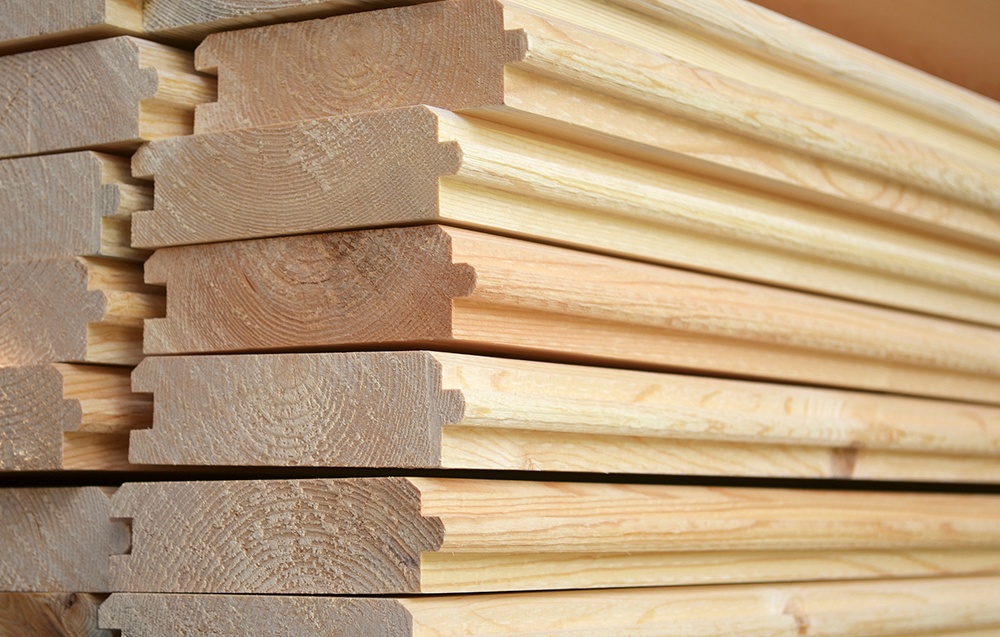
If you have questions about putting wood to work, Griffin welcomes emails to thegriffingranch@gmail.com.
Are you looking for the right piece of land to start your country life? View available rural properties throughout the South on our parent company's website, RaydientPlaces.com.


